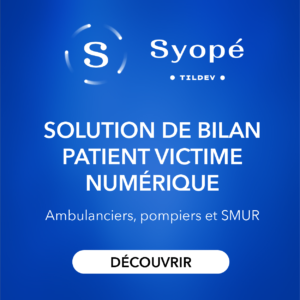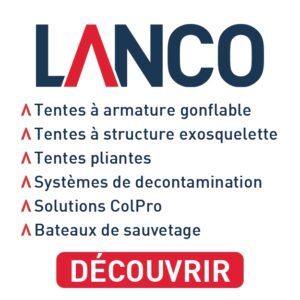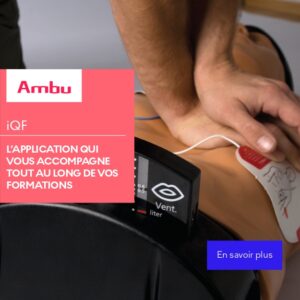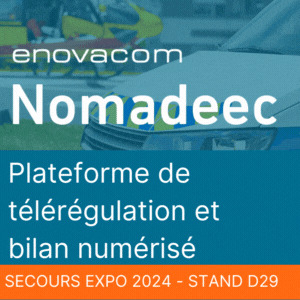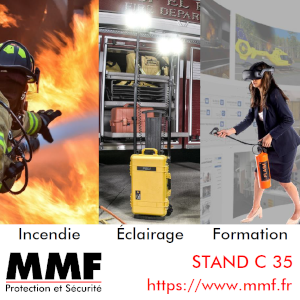Officially sponsored by A Propos

Which profile and which skills for the pre-hospital nurse of tomorrow?
Emergency care technicians (ECT) (1st sub-theme)
The government has just passed the Matras law, which consolidates the civil security model and enhances the value of volunteer firefighters. Among other things, this law makes emergency care and rescue the core of the firefighters’ mission. Taking into account their technicality, it authorises our firefighters to practice, after training by the Health and Medical Rescue Services (SSSM), emergency care gestures, the list of which will be specified by decree later.
In the absence of a health professional and in an emergency, firefighters will therefore be authorised to carry out therapeutic acts, or acts aimed at collecting clinical or paraclinical information to better assess the victim’s state of health. The forum will provide an opportunity to focus on this action of the law.
Revaluation of nursing skills, advanced practices (2nd sub-theme)
In parallel, it is necessary to work on the evolution of the nursing profession. The nursing skills are an important part of the profession and with the National Order of Nurses, ANISP is a stakeholder for this. The age of the current text governing the nursing profession is such that it is becoming urgent to adapt it to current practices and needs. For example, the management of vaccination centres, which, for the most part, has been and still is carried out by nurses and health managers of the SSSM. It is therefore necessary to upgrade the skills at all levels of the SUAP.
The role of nurses in the pre-hospital sector in 2030 (3rd sub-theme)
The model of pre-hospital emergency care is a model that also needs to be reviewed and re-examined. For more than 20 years, the PHNs have shown their capacity to work technically throughout the country, both in rural areas and even in the heart of our cities. The adaptation of the response to the need shows us that we are adapting the right person to the right place rather than a systematic medical response. Recently, we have seen the emergence of emergency paramedical teams from SAMU which have proved their worth, just as the fire brigade has already done. It is up to us to reflect on our pre-hospital models for the future….



